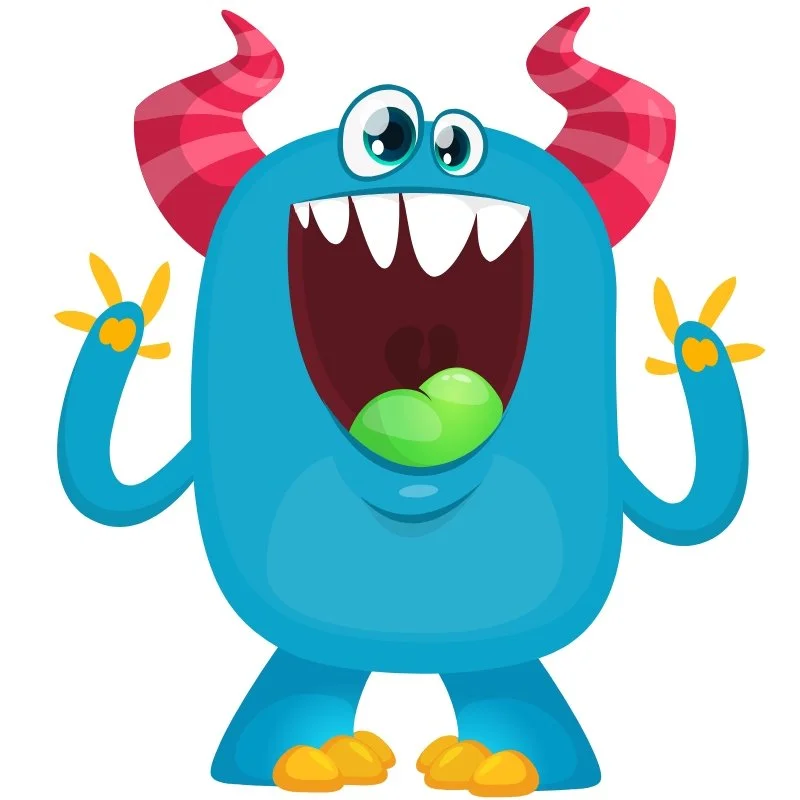Zaps – The Dopamine Chasing & Stimulation Craving Monster
Zaps is one of the Core 9 Neuro Monsters. Zaps represents the restless chase for stimulation, novelty, and excitement. Known as the Dopamine Chasing and Stimulation Craving Monster, Zaps embodies the constant pull toward new experiences, quick rewards, and bursts of energy that feel thrilling in the moment but difficult to sustain. Within the Neuro Monsters Universe, Zaps shows how the pursuit of dopamine can drive motivation while also creating cycles of distraction and burnout.
The Symbolic Role of Zaps
Zaps symbolizes the electric spark of craving that pushes you to seek more, faster, and louder. Its presence shows up when you feel restless with routine, hungry for novelty, or impatient with anything that slows you down. Symbolically, Zaps teaches that stimulation is not simply recklessness but a way of regulating energy and mood. By naming Zaps you begin to see when you are chasing stimulation for growth and when you are running from discomfort.
Zaps often appears as a buzzing, crackling figure full of sparks and jolts. This symbolic form reflects how dopamine-driven behaviors can feel thrilling yet unstable. When you face Zaps with emotional neutrality, you can harness its energy without letting it scatter your focus.
Dopamine and Stimulation in the Brain
In neuroscience terms Zaps is tied to the dopamine system, which includes the striatum, nucleus accumbens, and the ventral tegmental area. Dopamine is the neurotransmitter that fuels motivation, reward anticipation, and the drive to act. When balanced, this system supports learning, creativity, and long-term pursuit of goals. When overstimulated, it creates constant seeking, craving, and difficulty sustaining attention.
Zaps symbolizes the imbalance where the brain becomes hooked on immediate bursts of dopamine rather than deeper, slower forms of reward. This can lead to cycles of overstimulation, exhaustion, and dissatisfaction.
The Protective Instinct Behind Zaps
Although it can feel chaotic, Zaps’ instinct is protective. The drive for stimulation is the nervous system’s way of keeping you engaged, alert, and moving forward. The purpose is to protect against stagnation, boredom, and emotional flatness. The problem comes when this protective drive becomes compulsive and leaves you chasing novelty without integration. By seeing the protective function of Zaps you can begin to redirect its energy toward meaningful pursuits.
Training with Zaps
Training with Zaps means learning how to channel stimulation into sustainable rhythms instead of endless cravings. Cognitive Neuro Therapy emphasizes noticing the spark of Zaps neutrally and guiding it toward choices that bring long-term fulfillment.
When Zaps appears you can practice the following steps. Pause and name the craving for stimulation as a signal rather than a demand. Notice the physical rush of energy and excitement without immediately acting on it. Choose one activity that both excites you and nourishes your body or mind. Reflect afterward on whether the stimulation brought lasting energy or only a temporary spike.
Over time Zaps begins to balance not by being suppressed but by being trained. You learn that the craving for stimulation is a powerful force that can fuel growth when guided with clarity. Zaps becomes a reminder that energy is best sustained when channeled with purpose.


